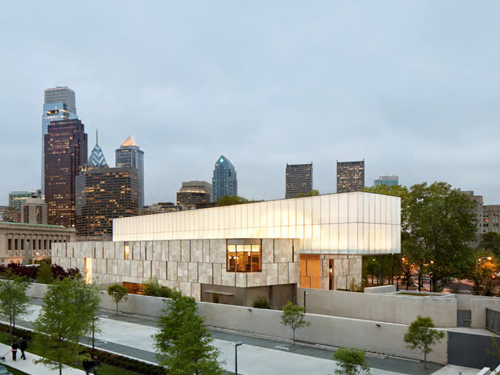The Barnes Foundation and the Violette de Mazia Foundation will merge in the coming months. Albert C. Barnes, the founder of Barnes, and Violette de Mazia were longtime colleagues.
Barnes, who became a medical doctor by the age of 20, dedicated himself to the study of collecting art in 1910, when he was 30 years old. He commissioned the painter William Glackens, a former Central High School classmate, to buy several modern French paintings for him since he was living in Paris. Barnes gave Glackens $20,000, in 1912, to buy paintings for him in Paris and he returned with 30 paintings that formed the basis of Barnes’ collection.

Continuing his interest in art collection, his works accumulated to 69 Cezannes (more than the museums in all of Paris), 59 Matisses, 46 Picassos, and 181 Renoirs. There are a total of 2,500 items in his collection and include works by other art staples such as Henri Rousseau, Vincent van Gogh, and Georges Seurat.
In 1922, Dr. Barnes created a foundation to display his collection and, in 1925, the Barnes Foundation opened, in Merion, PA, as an educational institution–not a museum.
Violette de Mazia was born in Paris and studied art in London. When she moved to America in 1920, she wished to continue her education and enrolled in philosophy and art at the Barnes Foundation. Soon after completing her courses, Dr. Barnes offered her a teaching position. She taught, wrote, met with artists, and traveled to Europe for additional studies and to assist with art purchases. She worked closely with Dr. Barnes and his colleagues, such as Columbia University Professor John Dewey, philosopher George Santayana, art dealer Paul Guillaume, and painters William Glackens and Alfred Henry Maurer. She became, for many decades, the director of education at the Barnes Foundation.

The $8 million de Mazia endowment, created by the sale of artwork following de Mazia’s death in 1988, will serve as an endowment for the new program and be restricted to its educational purposes.
Montgomery County Orphans’ Court, which has jurisdiction over the Bryn Mawr-based de Mazia Foundation, and the state attorney general approved the merger this week, Barnes officials said.
The foundation “felt its mission would best be served by unifying with the Barnes,” de Mazia president and board member Jerome Bogutz said Wednesday. “We will continue to do those things that we’ve been doing for a long time.”
The merger reunites organizations that were once intertwined but that unraveled during the 1990s, when the Barnes entered a contentious period of disputes with former students, neighbors in Merion, where it was then located, and others.


